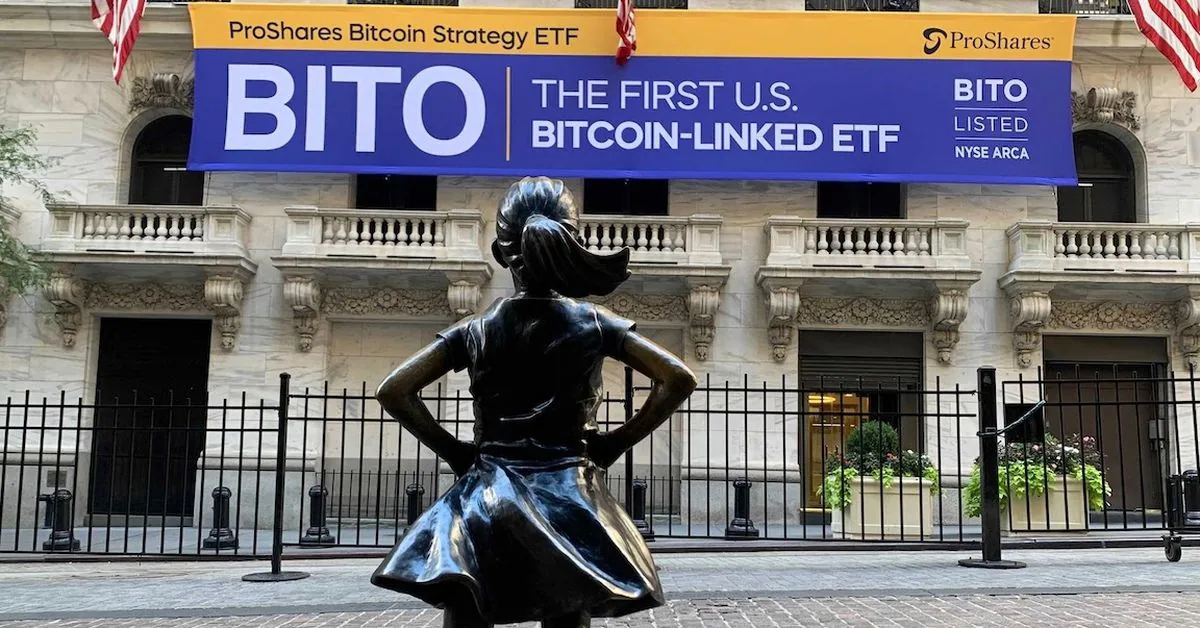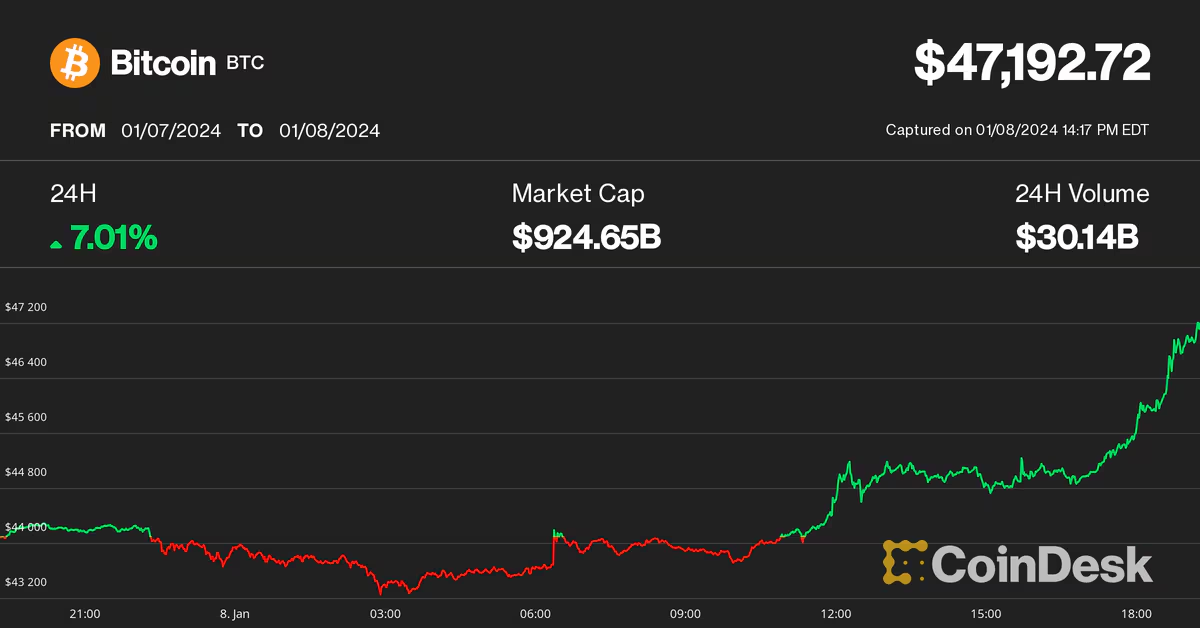Crypto Regulation Made Easier: Europe’s MiCA Initiative
Across multiple jurisdictions, from the US to South Asia, there is a spread of crypto regulatory systems being implemented, causing challenges for international business. However, Europe stands out with its unified Markets in Crypto-Assets Regulation (MiCA), providing a distinct approach.In Europe, the MiCA regulation is taking a closer look at the need for cohesive regulation in the crypto industry.
📰 You’re reading Crypto Long & Short, our weekly newsletter featuring insights, news, and analysis for the professional investor. Sign up here to get it in your inbox every Wednesday. 📰
In the ever-evolving world of blockchain and cryptocurrency, a cohesive regulatory and business development ecosystem is crucial to foster collaboration and innovation. A fragmented world, where companies have to comply with different rules in every country they operate in, makes building the decentralized economy harder.
Recently, Crypto Oasis, Crypto Valley, the DLT Science Foundation, and Inacta Ventures joined forces to unveil the Inaugural Global Protocol Report, designed to help the industry navigate an increasingly complex world of regulation and protocol development.
Europe’s MiCA: A Crucial Step Towards Harmonization
Looking at the cryptocurrency landscape, it’s challenging how regulations can vary so greatly depending on where you are in the world, involving different regions, legal jurisdictions, and governing bodies. In an effort to create a more cohesive framework, the European Union (EU) has taken a significant step by introducing the Markets in Crypto-Assets Regulation (MiCA). This initiative could potentially serve as a blueprint for other jurisdictions around the globe. As of now, MiCA stands as a beacon of possibility for harmonizing crypto regulations on an international scale.
- Crypto advocates made a case for decentralized AI at the Davos conference.
- Bitcoin Adoption and Potential in Pakistan: A Glimpse into the Future
- The Ever-Changing Crypto Narrative: What to Expect in 2024
MiCA isn’t just a standalone regulation; it’s a crucial piece of the comprehensive digital finance strategy devised by the European Commission. This broader strategy encompasses various aspects, including the forthcoming Regulation on digital operational resilience (DORA), which has provisions extending to crypto-asset service providers. Another noteworthy inclusion is the new Regulation centered around a distributed ledger technology (DLT) pilot regime, focusing on enhancing the functioning of financial market infrastructures built upon DLT principles.
A Comprehensive Regulatory Framework
The regulation itself casts a wide net, covering a range of subjects. From those issuing crypto-assets without backing to stablecoins, and from the platforms where crypto-assets are traded to the wallets where they’re stored, it seeks to provide a cohesive regulatory framework. This regulation defines crypto-assets as digital representations of value or rights, transferable and storable electronically. It categorizes them into utility tokens, asset-referenced tokens, and electronic money tokens – effectively enveloping crypto-assets that aren’t presently regulated by existing financial services laws.
The new regulation emphasizes transparency, disclosure, authorization, and supervision, all of which hold significant sway. Notably, Crypto-asset service providers (CASP) are required to obtain authorization from a national competent authority, allowing them to offer their services across the entire EU. This authorization essentially acts as a passport for their operations within the union. But what does this mean for Switzerland or other non-EU countries?
Implications for Switzerland and Non-EU Countries
Switzerland, as well as any other non-EU country, is affected by MiCA as long as they provide crypto-related businesses in EU countries. Meaning, Swiss companies will need to analyze whether they fall under the MiCA provisions and, if so, whether they have the necessary license or not.
Scope
In general, MiCA applies to three categories of persons:
- Issuers of crypto-assets
- Crypto-asset service providers (CASP)
- Any person, in respect of acts that concern trading in crypto-assets that are admitted to trading on a trading platform for crypto-assets operated by an authorized crypto-asset service provider, or for which a request for admission to trading on such a trading platform has been made.
Furthermore, MiCA distinguishes between three types of crypto-assets:
- Asset-referenced token: a type of crypto-asset that purports to maintain a stable value by referencing another value or right or a combination thereof, including one or more official currencies. These tokens include stablecoins.
- Electronic money token: a type of crypto-asset that purports to maintain a stable value by referencing the value of one official currency.
- Utility token: crypto-assets that are only intended to provide access to a good or a service supplied by its issuer. NOTE! Outside the scope of MiCA are DeFi protocols, pure NFTs, CBDCs, security tokens, or other crypto-assets that qualify as financial instruments according to MiFID II.
Licensing and Supervision
MiCA introduces licensing requirements for crypto-asset service providers, issuers of asset-referenced tokens, and issuers of electronic money tokens. In general, CASP will trigger the licensing requirements, unless they are already a licensed credit institution under MiFID. Even with an existing license, the company would still need to notify the competent authorities about its intention to offer crypto-asset services. At the member state level, competent authorities will be responsible for overseeing CASPs and ensuring adherence to the stipulations outlined in MiCA. CASPs with an active user base exceeding 10 million will fall under the category of “Significant CASPs.” While these Significant CASPs will continue to be monitored by the relevant competent authorities, the European Securities and Markets Authority (ESMA) will have the power to enact measures that either prohibit or restrict the provision of crypto-asset services by CASPs, particularly when there are perceived threats to market integrity, investor protection, or financial stability.
For stablecoins, the oversight landscape involves the European Banking Authority (EBA) stepping in. Specifically, stablecoins with user counts surpassing 10 million or possessing an asset reserve exceeding €5Bn will fall under EBA’s supervision. Additionally, the European Central Bank will possess the authority to exercise veto rights concerning any stablecoin it deems concerning, thereby influencing its operations.
Market Abuse Restrictions
Crypto-assets that do not qualify as financial instruments under MiFID II will fall outside the scope of the EU Market Abuse Regulation. However, MiCA sets out its market abuse rules for crypto-asset markets in an attempt to guarantee market integrity. These rules will be applicable to crypto-assets that are admitted to trading on a trading platform for crypto-assets operated by an authorized crypto-asset service provider.
The Road Ahead and Conclusion
It is without any doubt that the influence of MiCA on CASPs is bound to be substantial. This means that we might be looking at extended and potentially demanding phases for implementing the necessary changes. Despite the potential hurdles that lie ahead, we’re maintaining an optimistic outlook as we’re prepared to tackle the challenges not only from a practical perspective but also from a legal standpoint.
For more from the Inaugural Global Protocol Report, including analysis of 50 leading crypto projects, click here.
📚 Reference List:
- Inaugural Global Protocol Report
- Regulation on digital operational resilience (DORA)
- Regulation on a distributed ledger technology (DLT) pilot regime
- MiFID II
- EU Market Abuse Regulation
🤔 Q&A:
Q1: How will MiCA affect companies based in non-EU countries? MiCA will affect companies based in non-EU countries if they provide crypto-related businesses in EU countries. These companies will need to determine whether they fall under the MiCA provisions and, if so, whether they have the necessary licenses.
Q2: What types of crypto-assets does MiCA cover? MiCA covers a wide range of crypto-assets, including those without backing, stablecoins, and utility tokens. It provides a cohesive regulatory framework for these assets, categorizing them into different types based on their characteristics.
Q3: What are the licensing requirements for crypto-asset service providers under MiCA? Under MiCA, crypto-asset service providers are required to obtain authorization from a national competent authority to offer their services across the EU. This authorization acts as a passport for their operations within the union.
Q4: How will stablecoins be regulated under MiCA? Stablecoins with a user count surpassing 10 million or possessing an asset reserve exceeding €5Bn will fall under the supervision of the European Banking Authority (EBA). The European Central Bank will also have veto rights concerning any stablecoin it deems concerning, influencing its operations.
Q5: What market abuse rules does MiCA set for crypto-asset markets? MiCA sets out its own market abuse rules for crypto-asset markets that are admitted to trading on a trading platform operated by an authorized crypto-asset service provider. These rules aim to guarantee market integrity and prevent abuse.
💡 In conclusion, the introduction of the Markets in Crypto-Assets Regulation (MiCA) by the European Union is a significant step towards harmonizing crypto regulations on an international scale. MiCA provides a comprehensive regulatory framework for various crypto-assets, emphasizing transparency, disclosure, authorization, and supervision. While there may be challenges ahead, there is optimism that the necessary changes can be implemented successfully. Stay tuned for more updates on the evolving world of crypto regulation.
📢 Have any thoughts or questions about MiCA or crypto regulation? Share them in the comments below and let’s start a discussion! Don’t forget to share this article on your favorite social media platforms.
We will continue to update Blocking; if you have any questions or suggestions, please contact us!
Was this article helpful?
93 out of 132 found this helpful
Related articles
- Navigating the Written Odyssey: Instant Settlement in the Publishing Industry 📚💰
- Bitcoin ETFs: More Than Just FOMO
- Don’t Break Userspace: The Golden Rule of Bitcoin and Linux
- 🗞️ Trump Takes a Stance Against Central Bank Digital Currency (CBDC)
- The Rise of Friendly Governance Abstraction in DAOs
- Tether’s Balance Sheet: A Look Behind the Scenes
- Tokenization: The Future of Payments or a Distant Dream?






